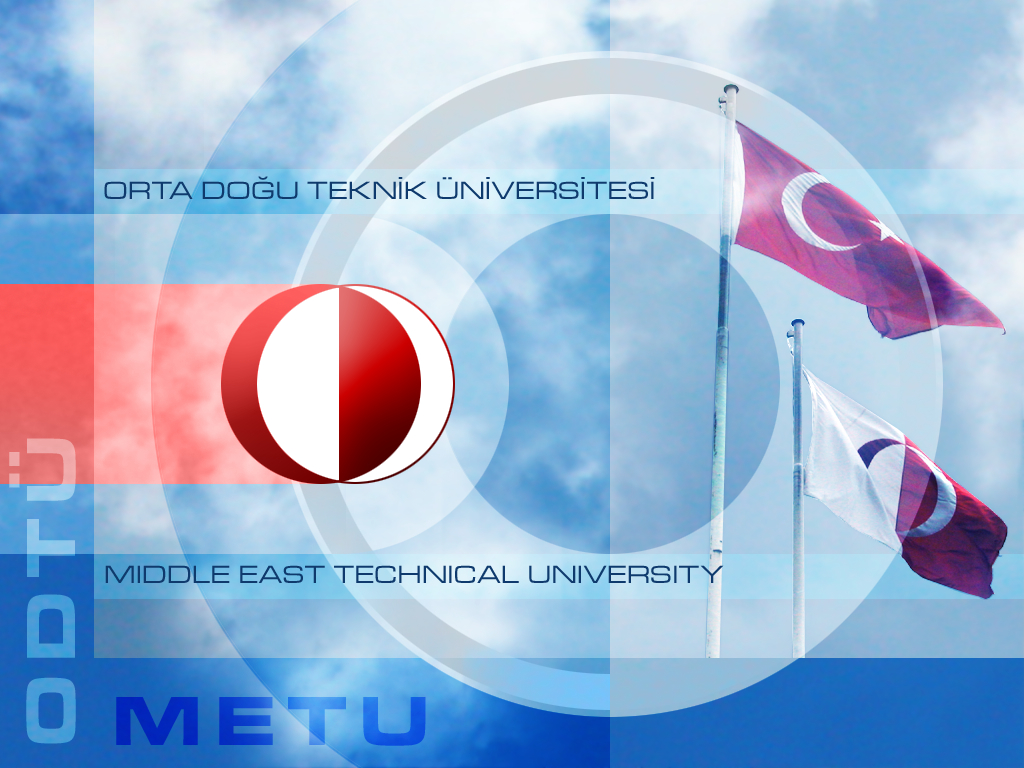Welcome
I am an Associate Professor of Computer Science at the University of Georgia (UGA), and a member of Large Scale Distributed Information Systems (LSDIS) Lab. I received my BSc, MSc, and PhD degrees from Computer Engineering Department of Middle East Technical University in 1991, 1993, and 1998 respectively (advisors: Prof. Dogac and Prof. Halici).
Research Interests
My current research interests include semantic web, crowdsourcing and collective intelligence, information fusion, and biomedical informatics. My earlier research involved web services and workflow management. My research focuses on developing new semantic-based techniques for providing better information integration and search experiences for web users. This research direction is critical for building the next generation of the web, called semantic web. From December 1998 through August 2001, I worked on adaptable workflow technology during my post-doctoral studies at LSDIS Lab, which is one of the leading information systems research labs worldwide (advisor: Prof. Sheth).
My research on web services and semantic web was supported by UGA Research Foundation and National Science Foundation respectively. I have authored or co-authored over seventy publications, and the R&D I was involved in has resulted in different products or research prototypes.
An Invitation
I consider training students in and beyond the class and helping their scholarly and personal progress as very important objectives in my career. If you have an interest in web science, linked data, semantic web, and collective intelligence and would like to join our research group, please drop me an e-mail.
Employment
-
University of Georgia, Athens, GA
Aug. 2007 - present
Associate Professor, Department of Computer Science -
University of Georgia, Athens, GA
Aug. 2001 - Aug. 2007
Assistant Professor, Department of Computer Science -
University of Georgia, Athens, GA
Jul. 2001 - Aug. 2001
Post-Doctoral Research Associate, LSDIS Lab, Department of Computer Science -
University of Georgia, Athens, GA
Apr. 2001 - Jul. 2001
Research Computational Biologist, Department of Genetics -
University of Georgia, Athens, GA
Dec. 1998 - Apr. 2001
Post-Doctoral Research Associate, LSDIS Lab, Department of Computer Science -
AYDIN Software and Electronics Industry Co., Ankara, Turkey
Mar. 1997 - Dec. 1998
Software Engineer -
Middle East Technical University, Ankara, Turkey
Feb. 1992 - Mar. 1997
Research Scientist, Software Research and Development Center (SRDC) -
Scientific and Technical Research Council of Turkey, Ankara, Turkey
Aug. 1991 - Feb. 1992
Software Engineer
Education
- PhD in Computer Engineering, Middle East Technical University (METU), Ankara, Turkey 1998
- MSc in Computer Engineering, Middle East Technical University (METU), Ankara, Turkey 1993
- BSc in Computer Engineering, Middle East Technical University (METU), Ankara, Turkey 1991
PhD Thesis
Title: Formalization of Workflows and Correctness Issues in the Presence of Concurrency.
Supervisors: Prof. Asuman Dogac, and Prof. Ugur Halici
Abstract:
In this thesis, main components of a workflow system that are relevant to the correctness in the presence of concurrency are formalized based on set theory and graph theory. The formalization which constitutes the theoretical basis of the correctness criterion provided can be summarized as follows:
- Activities of a workflow are represented through a notation based on set theory to make it possible to formalize the conceptual grouping of activities.
- Control-flow is represented as a special graph based on this set definition, and it includes serial composition, parallel composition, conditional branching, and nesting of individual activities and conceptual activities themselves.
- Data-flow is represented as a directed acyclic graph in conformance with the control-flow graph.
The formalization of correctness of concurrently executing workflow instances is based on this framework by defining two categories of constraints on the workflow environment with which the workflow instances and their activities interact. These categories are:
- Basic constraints that specify the correct states of a workflow environment.
- Inter-activity constraints that define the semantic dependencies among activities such as an activity requiring the validity of a constraint that is set or verified by a preceding activity.
Basic constraints graph and inter-activity constraints graph which are in conformance with the control-flow and data-flow graphs are then defined to represent these constraints. These graphs are used in formalizing the intervals among activities where an inter-activity constraint should be maintained and the intervals where a basic constraint remains invalid.

A correctness criterion is defined for an interleaved execution of workflow instances using the constraints graphs. Two concurrency control mechanisms, namely Constraint Based Concurrency Control technique and Constraint Locking Concurrency Control technique are developed based on the correctness criterion. The performance analysis shows the superiority of the proposed techniques. Other possible approaches to the problem are also presented.
Courses: Advanced Unix, Advanced Graphics and User Interfaces, Design and Analysis of
Computer Algorithms, Design and Analysis of Information Systems, Distributed Database Management
Systems, Software Quality Assurance and Testing, System Development with Abstract Design, etc.
MSc Thesis
Title: An Advanced Graphical User Interface for Object-Oriented DBMSs: MoodViewSupervisor: Prof. Asuman Dogac
Abstract:
OODBMSs need more than declarative query languages and programming languages as their interfaces since they are designed and implemented for complex applications requiring more advanced and easy to use visual interfaces. A complete programming environment called MoodView is developed for this purpose. MoodView translates all the user actions performed through its graphical interface to SQL statements and therefore it can be ported onto any object-oriented database systems using SQL. MoodView provides the database programmer with tools and functionalities for every phase of object-oriented database application development. Current version of MoodView allows a database user to design, browse, and modify database schema interactively and to display class inheritance hierarchy as a directed acyclic graph. MoodView can automatically generate graphical displays for complex and multimedia database objects which can be updated through the object browser.
Courses: Digital Image Processing, Object-Oriented Database Management, Object-Oriented Programming Languages, Computer Networks and Communications, etc.
(c) 2023 Ismailcem Budak Arpinar
